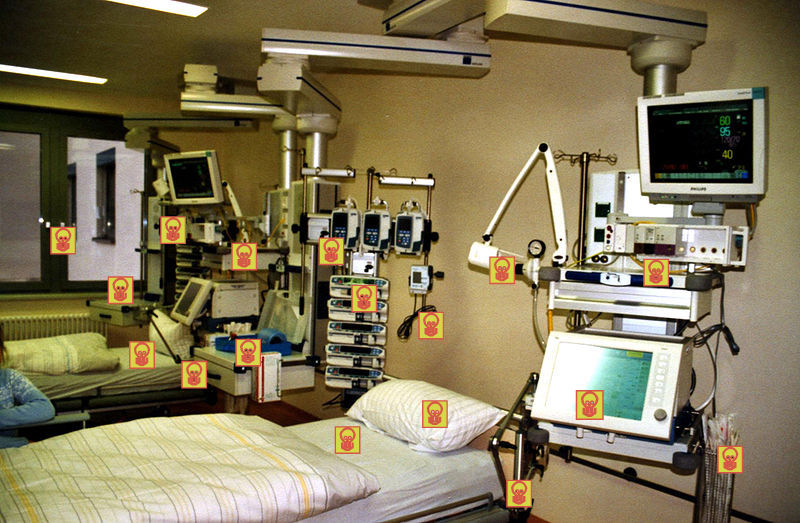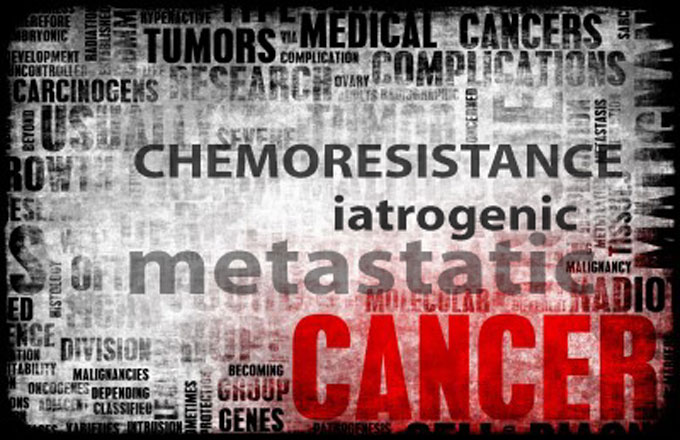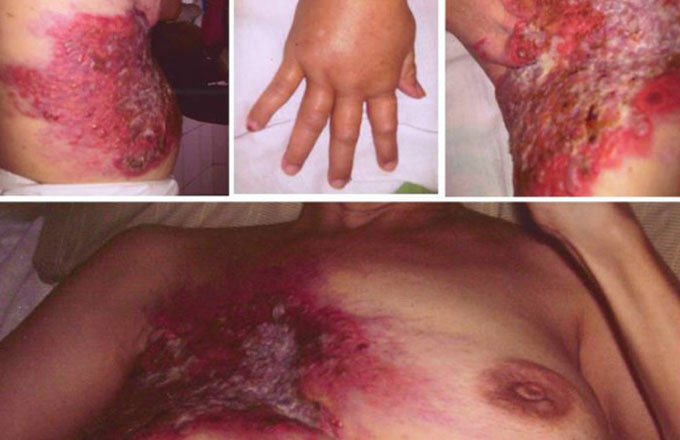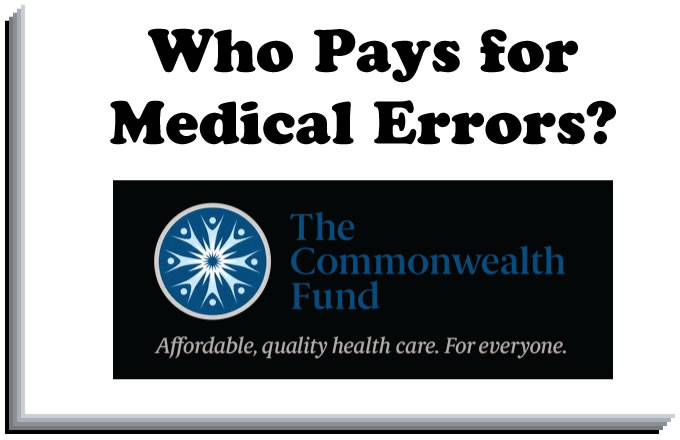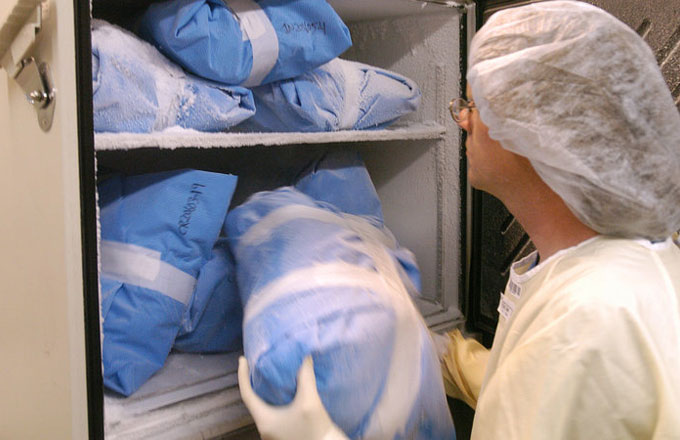Practice Essentials
Hospital-acquired infections are caused by viral, bacterial, and fungal pathogens; the most common types are bloodstream infection (BSI), pneumonia (eg, ventilator-associated pneumonia [VAP]), urinary tract infection (UTI), and surgical site infection (SSI).
Risk factors for catheter-associated BSI in neonates include the following [1] :
-
Catheter hub or exit-site colonization
-
Catheter insertion after the first week of life
-
Duration of parenteral nutrition
-
Extremely low birth weight (< 1000 g) at catheter insertion
-
In the pediatric ICU, neutropenia, prolonged catheter dwell time (>7 days), percutaneously placed central venous lines, and frequent manipulation of lines have been identified as risk factors for catheter-associated BSI [2]
Risk factors for candidemia in neonates include the following [3] :
-
Gestational age of less than 32 weeks
-
5-minute Apgar scores below 5
-
Shock, disseminated intravascular coagulation
-
Prior intralipid use
-
Parenteral nutrition, central venous line placement
-
H2 blocker administration
-
Intubation
-
Hospital stay longer than 7 days
-
Reintubation
-
Genetic syndromes
-
Immunodeficiency, immunosuppression
-
Prior BSI [6]
Risk factors for hospital-acquired UTI in pediatric patients include the following [7] :
-
Bladder catheterization
-
Prior antibiotic therapy
-
Cerebral palsy
-
Endotracheal tube: Sinusitis, tracheitis, pneumonia
-
Intravascular catheter: Phlebitis, line infection
-
Foley catheter: UTI
Patients with pneumonia may have the following:
-
Fever, cough, purulent sputum
-
Abnormal chest auscultatory findings (eg, decreased breath sounds, crackles, wheezes)
-
Fever or normal temperature
-
Tenderness, suprapubic (cystitis) or costovertebral (pyelonephritis)
-
Cloudy, foul-smelling urine
Because not all bacterial or fungal growth on a culture is pathogenic and because such growth may reflect simple microbial colonization, interpretation of cultures should take into account the following:
-
Clinical presentation of the patient
-
Reason for obtaining the test
-
Process by which the specimen was obtained
-
Presence or absence of other supporting evidence of infection
Methods used to diagnose and characterize BSIs include the following:
-
Suspected catheter-associated BSI: Differential time to positivity of paired blood cultures (simplest) [8] ; quantitative culture of blood obtained from the catheter and peripheral vein; quantitative culture of catheter segment
-
Suspected fungal infection: Fungal cultures, detection of (1,3)-β-D-glucan and galactomannan
-
Possible thrombosis or vegetations: Imaging studies such as echocardiography
-
Immunocompromised patients: Occasional special studies (eg, cultures forNocardia, atypical mycobacteria, cytomegalovirus [CMV], and CMV antigenemia)
-
Acute-phase reactants
-
Oxygen saturation and hemodynamic studies
-
Chest radiography
-
Sputum Gram stain and culture (if necessary, samples can also be obtained through bronchoalveolar lavage or thoracocentesis)
-
Rapid diagnostic tests (eg multiplex PCR capable of identifying multiple pathogens in a specimen)
-
Number of colonies and species isolated
-
Method of sample collection
-
Time from collection to laboratory processing
-
Sex of the patient
-
Previous antibiotic use
Medical care includes supportive care addressing shock, hypoventilation, and other complications, along with empiric broad-spectrum antimicrobial therapy.
-
Line removal as appropriate [8]
-
Antibiotic therapy covering gram-positive and gram-negative organisms, started empirically and then tailored according to specific susceptibility patterns
-
Antifungal therapy as appropriate
-
Antiviral therapy as appropriate
-
Prevention through use of catheter disinfection caps
-
Initial empiric broad-spectrum antibiotic therapy, later streamlined on the basis of identified organisms and susceptibilities, with attention to the risk of multidrug-resistant (MDR) pathogens
-
Antiviral medications against influenza for symptomatic patients and patients with immunodeficiency or chronic lung diseases to limit morbidity and mortality
-
Removal of indwelling catheters if possible
-
Empiric antibiotic and antifungal therapy
-
Surgical debridement
-
Antibiotic therapy
Healthcare-associated infections (HAI) are defined as infections not present and without evidence of incubation at the time of admission to a healthcare setting. As a better reflection of the diverse healthcare settings currently available to patients, the term healthcare-associated infections replaced old ones such as nosocomial, hospital-acquired or hospital-onset infections. [9] Within hours after admission, a patient's flora begins to acquire characteristics of the surrounding bacterial pool. Most infections that become clinically evident after 48 hours of hospitalization are considered hospital-acquired. Infections that occur after the patient is discharged from the hospital can be considered healthcare-associated if the organisms were acquired during the hospital stay.
Infectious agents causing healthcare-associated infections may come from endogenous or exogenous sources.
United States
Healthcare-associated infections are estimated to occur in 5% of all hospitalizations in the United States. [13] In 1999, national point-prevalence surveys in pediatric intensive care units (PICU) and neonatal intensive care units (NICU) showed 11.9% of 512 patients had PICU-acquired infections, whereas 11.4% of 827 patients had NICU-acquired infections. [14, 15]
In 2014, the Centers for Disease Control and Prevention (CDC) released a pair of reports on healthcare-associated infections, with one indicating that significant progress has been made in their prevention. [18, 19]
In the National and State Healthcare-associated Infections Progress Report, the CDC notes a 44% reduction in central line–associated bloodstream infections and a 20% decrease in infections related to 10 surgical procedures, between the years 2008 and 2012. Other decreases were much smaller, with a 4% reduction in hospital-onset methicillin-resistant Staphylococcus aureus (MRSA) bloodstream infections and a 2% decrease in hospital-onset Clostridium difficile infections, occurring between 2011 and 2012. Catheter-associated urinary tract infections (UTIs) increased by 3% between 2009 and 2012.
In the second report, a survey of 11,282 patients from 183 acute care hospitals, Magill and colleagues found that 452 patients (4.0%) had at least 1 healthcare-associated infection (504 total infections). Device-associated infections, such as catheter-associated UTIs, were responsible for 25.6% of these. Surgical-site infections and pneumonia each accounted for 21.8%, and gastrointestinal infections accounted for approximately 17.1%. C difficile was the most common pathogen, causing 12.1% of healthcare-associated infections. The researchers estimated that nationwide, 648,000 patients had at least 1 healthcare-associated infection in 2011, with the total number of such infections coming to an estimated 721,800.
Both developed and resource-poor countries are faced with the burden of healthcare-associated infections. In a World Health Organization (WHO) cooperative study (55 hospitals in 14 countries from four WHO regions), about 8.7% of hospitalized patients had nosocomial infections. [20]
A study of bacteremia in African children found distinct differences in the microbiological causes of nosocomial bacteremia compared with community-acquired bacteremia. Nosocomial bacteremia resulted in a higher rate of morbidity and mortality and longer hospital stay. Because it is largely unrecognized in low-income countries, nosocomial infections are likely to become public health priorities as their occurrence increases. [22]
Healthcare-associated infections result in excess length of stay, mortality and healthcare costs. In 2002, an estimated 1.7 million healthcare-associated infections occurred in the United States, resulting in 99,000 deaths. [24] In March 2009, the CDC released a report estimating overall annual direct medical costs of healthcare-associated infections that ranged from $28-45 billion. [25]
Healthcare-associated infections do not have a discernible sex predilection.
Healthcare-associated infections occur in both adult and pediatric patients. Bloodstream infections, followed by pneumonia and urinary tract infections are the most common healthcare-associated infections in children; urinary tract infections are the most common healthcare-associated infections in adults. [27] Among pediatric patients, children younger than 1 year, babies with extremely low birth weight (≤1000 g) and children in either the PICU or NICU have higher rates of healthcare-associated infections. [9, 14, 15, 27]
Haidee T Custodio, MD Assistant Professor, Department of Pediatrics, Division of Pediatric Infectious Diseases, University of South Alabama College of Medicine
Haidee T Custodio, MD is a member of the following medical societies: American Academy of Pediatrics, Infectious Diseases Society of America, Pediatric Infectious Diseases Society
https://emedicine.medscape.com/article/967022-overview#showall



